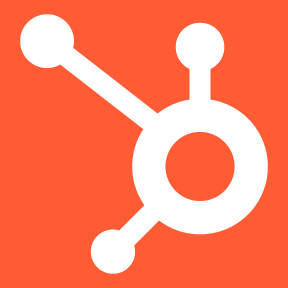I've spent the past decade selling SaaS, and I can confidently say that everything I learned about selling traditional software was wrong. The playbooks, the tactics, the very philosophy of sales - it all changes when you transition to a subscription model. And if you don't adapt, you'll be left in the dust.
The New Northstar: Recurring Revenue
In the world of traditional software, the primary focus was on closing big, one-time deals. You'd wine and dine the decision-maker, negotiate terms, sign the contract, and then move on to the next prospect. But in SaaS? Recurring revenue is the new northstar.
Your job isn't just to close the initial deal, but to keep that customer happy and paying month after month, year after year. That means your focus needs to shift from short-term wins to long-term success. You need to deeply understand your customer's business, continuously deliver value, and proactively solve problems. Because if they churn, all that upfront sales effort goes out the window.
Land, Adopt, Expand, Renew
The traditional software sales cycle was linear: Prospect, qualify, close, rinse, repeat. But in SaaS, the game is about land and expand. You might start small, with just a few seats or limited feature set. But your real work begins after the sale. You need to drive adoption, ensure the customer is seeing real value, and then strategically expand the account over time.
Upsells, cross-sells, add-on features - this is where the real money is made in SaaS. I've seen too many reps celebrate a closed deal and then move on, leaving massive expansion revenue on the table. Your job isn't over when the ink dries on the contract. It's just beginning.
The SaaS Sales Trifecta: Sales, Support, Success
In traditional software, Sales ruled the roost. But in SaaS? It's a three-legged stool: Sales, Support, and Customer Success. You simply cannot succeed long-term without nailing all three.
Responsive, knowledgeable support is table stakes. But proactive customer success is the secret weapon. Having a dedicated team focused on driving adoption, providing training, sharing best practices, and identifying expansion opportunities - that's how you turn customers into raving fans and ensure they stick around for the long haul.
Forewarned is Forearmed
I won't sugarcoat it - forecasting in SaaS is hard. Really hard. You're not just estimating one-time sales, but predicting churn rates, expansion velocity, contract terms, and more. Even the most seasoned sales leaders struggle with it.
My advice? Invest in understanding the key metrics early on. Churn rate, expansion rate, customer acquisition cost, lifetime value - these aren't just finance terms. They need to be part of your sales DNA. Because in the world of recurring revenue, a small change in churn rate can have a massive impact on your business.
Embrace the Shift
Transitioning from traditional software sales to SaaS isn't easy. It requires a fundamental mindset shift, a new set of skills, and a whole lot of grit. But if you can embrace the change, the rewards are immense.
You have the opportunity to build real partnerships with your customers, to grow with them over time, and to have a direct impact on their success. And that is what the best kind of sales is all about.







